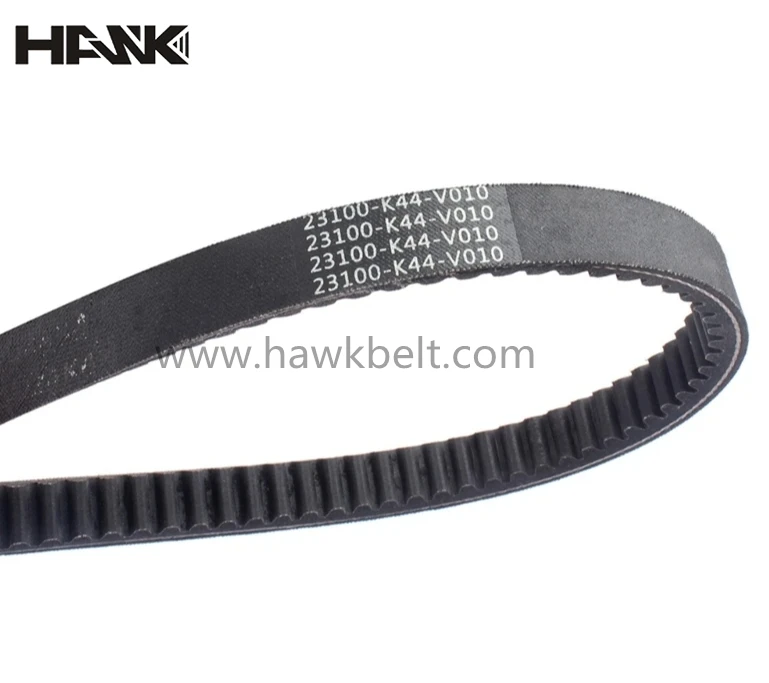- Arabic
- French
- Russian
- Spanish
- Portuguese
- Turkish
- Armenian
- English
- Albanian
- Amharic
- Azerbaijani
- Basque
- Belarusian
- Bengali
- Bosnian
- Bulgarian
- Catalan
- Cebuano
- Corsican
- Croatian
- Czech
- Danish
- Dutch
- Afrikaans
- Esperanto
- Estonian
- Finnish
- Frisian
- Galician
- Georgian
- German
- Greek
- Gujarati
- Haitian Creole
- hausa
- hawaiian
- Hebrew
- Hindi
- Miao
- Hungarian
- Icelandic
- igbo
- Indonesian
- irish
- Italian
- Japanese
- Javanese
- Kannada
- kazakh
- Khmer
- Rwandese
- Korean
- Kurdish
- Kyrgyz
- Lao
- Latin
- Latvian
- Lithuanian
- Luxembourgish
- Macedonian
- Malgashi
- Malay
- Malayalam
- Maltese
- Maori
- Marathi
- Mongolian
- Myanmar
- Nepali
- Norwegian
- Norwegian
- Occitan
- Pashto
- Persian
- Polish
- Punjabi
- Romanian
- Samoan
- Scottish Gaelic
- Serbian
- Sesotho
- Shona
- Sindhi
- Sinhala
- Slovak
- Slovenian
- Somali
- Sundanese
- Swahili
- Swedish
- Tagalog
- Tajik
- Tamil
- Tatar
- Telugu
- Thai
- Turkmen
- Ukrainian
- Urdu
- Uighur
- Uzbek
- Vietnamese
- Welsh
- Bantu
- Yiddish
- Yoruba
- Zulu
Oct . 11, 2024 18:12 Back to list
Nylon Sandwich Flat Belt for Enhanced Durability and Performance in Industrial Applications
Understanding Nylon Sandwich Flat Belts Composition, Applications, and Advantages
In the world of industrial materials and machinery, conveyor belts play a crucial role in the efficiency of production lines. Among the various types of conveyor belts available, nylon sandwich flat belts are known for their outstanding performance and versatility. This article delves into what nylon sandwich flat belts are, their composition, applications, and the advantages they offer in various industries.
What Are Nylon Sandwich Flat Belts?
Nylon sandwich flat belts are composed of a combination of nylon and other materials, designed for a wide range of conveying applications. They typically consist of a top and bottom layer made from nylon fabric, which ensures durability, flexibility, and strength. Between these layers, a reinforcing element, usually made of woven or non-woven materials, forms the sandwich structure. This unique design improves the belt's tensile strength, making it ideal for high-load applications.
Composition Details
The primary material, nylon, is selected for its remarkable properties. It boasts high tensile strength, excellent abrasion resistance, and significant resistance to stretching. Nylon also exhibits good resilience, allowing it to return to its original shape after deformation. The addition of other materials in the sandwich layers can provide further enhancements, such as increased heat resistance, chemical resistance, and improved gripping capabilities. The specific formulation can be tailored to meet the needs of different applications, making these belts highly customizable.
Applications of Nylon Sandwich Flat Belts
Nylon sandwich flat belts are utilized in diverse industries, including automotive, food processing, packaging, and material handling.
1. Automotive Industry In this sector, these belts are often used for transporting components along assembly lines. Their strength and durability make them suitable for handling heavy metal parts and maintaining a steady workflow.
2. Food Processing The belts are constructed using materials that are safe for food contact, making them ideal for applications in food manufacturing and packaging. They can efficiently transport fruits, vegetables, baked goods, and packaged products through various processes, minimizing contamination risks.
3. Packaging Industry In packaging lines, nylon sandwich flat belts are used to transport boxes, cartons, and other packaged goods. Their flat surface and grip prevent slippage, ensuring that products remain securely in place during transportation.
nylon sandwich flat belt

4. Material Handling These belts are versatile enough for conveying various materials, including bulk items and finished products. Their ability to handle a wide temperature range makes them suitable for both hot and cold environments.
Advantages of Nylon Sandwich Flat Belts
Several key advantages contribute to the growing popularity of nylon sandwich flat belts
- Durability Their robust construction minimizes wear and tear, leading to longer service life compared to other types of conveyor belts.
- Flexibility The combination of nylon layers allows for excellent flexibility, enabling the belts to navigate around pulleys and idlers without compromising their integrity.
- Chemical Resistance Nylon is inherently resistant to many chemicals, making these belts suitable for harsh environments.
- Lightweight Compared to metal belts, nylon sandwich flat belts are relatively lightweight, which can reduce the overall energy consumption of the machinery they are used in.
- Customizability The capacity to tailor the design and materials used facilitates industry-specific adaptations, allowing further optimization in specific operational contexts.
Conclusion
Nylon sandwich flat belts represent a vital component in modern manufacturing and materials handling processes. Their unique composition, versatility, and countless advantages position them as one of the favored choices across multiple industries. As technology and industry demands evolve, the continued development of nylon sandwich flat belts will likely enhance their performance and broaden their applications, showcasing the pivotal role they play in industrial efficiency and innovation. Whether you are in automotive, food processing, or packaging, understanding the benefits of these belts can aid in making informed decisions for optimal workflow and productivity.
-
Korean Auto Parts Timing Belt 24312-37500 For Hyundai/Kia
NewsMar.07,2025
-
7PK2300 90916-T2024 RIBBED BELT POLY V BELT PK BELT
NewsMar.07,2025
-
Chinese Auto Belt Factory 310-2M-22 For BMW/Mercedes-Benz
NewsMar.07,2025
-
Chinese Auto Belt Factory 310-2M-22 For BMW/Mercedes-Benz
NewsMar.07,2025
-
90916-02660 PK Belt 6PK1680 For Toyota
NewsMar.07,2025
-
drive belt serpentine belt
NewsMar.07,2025

